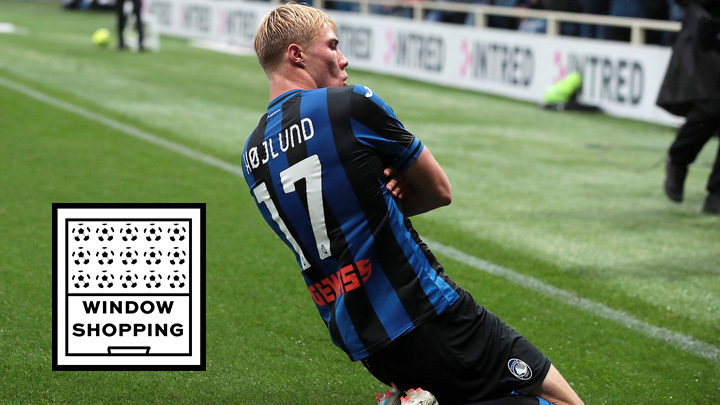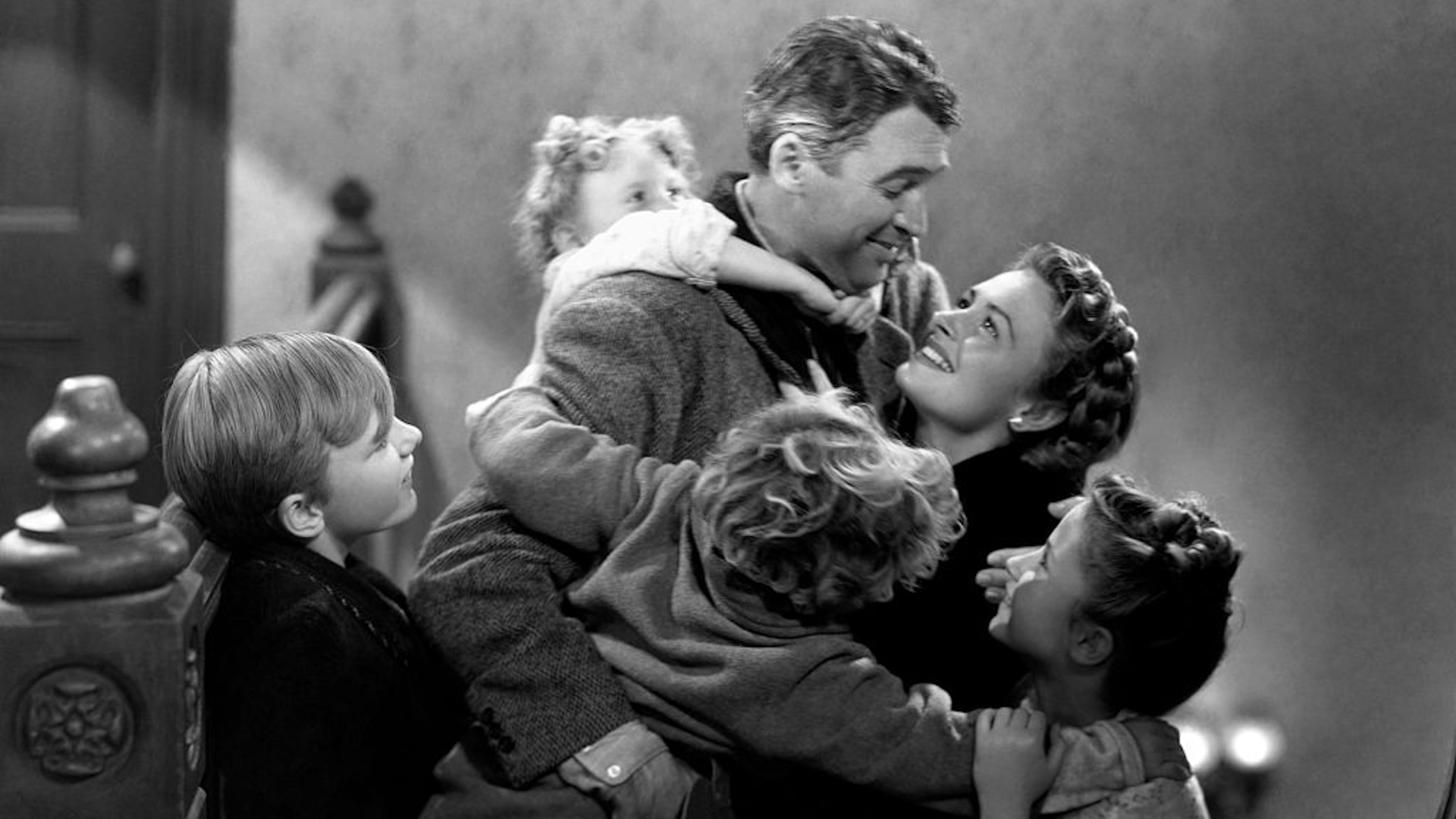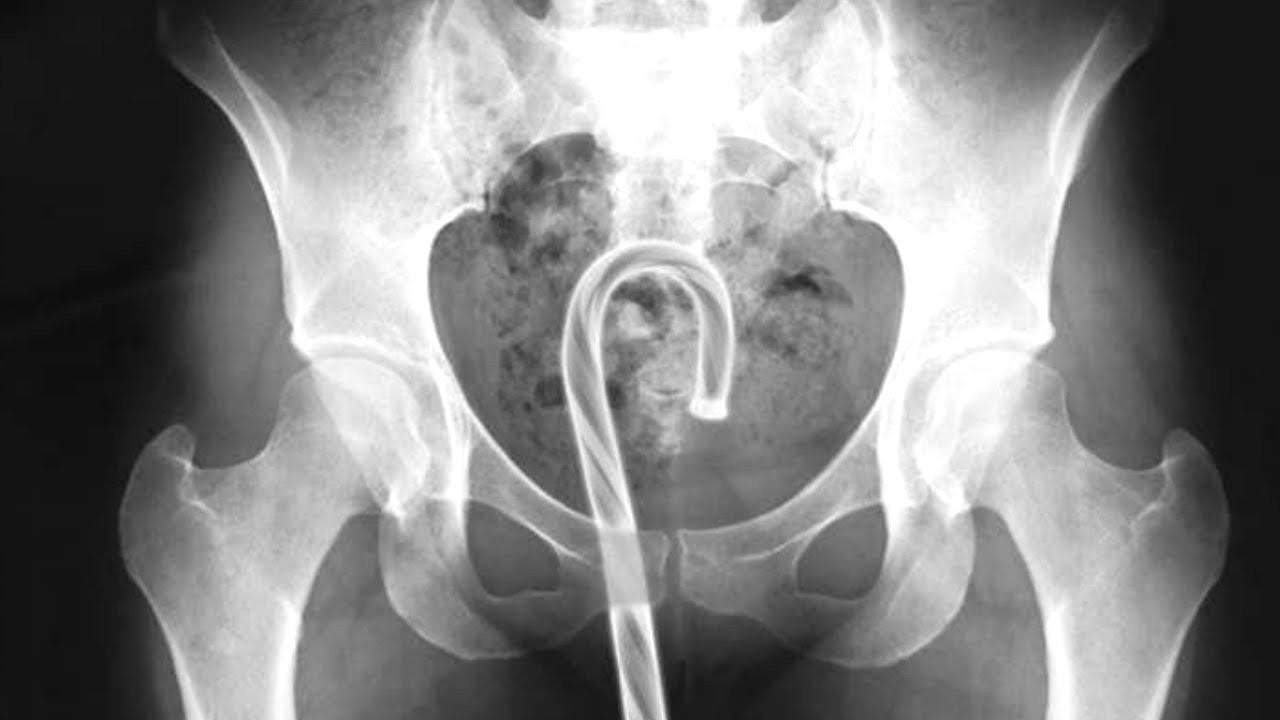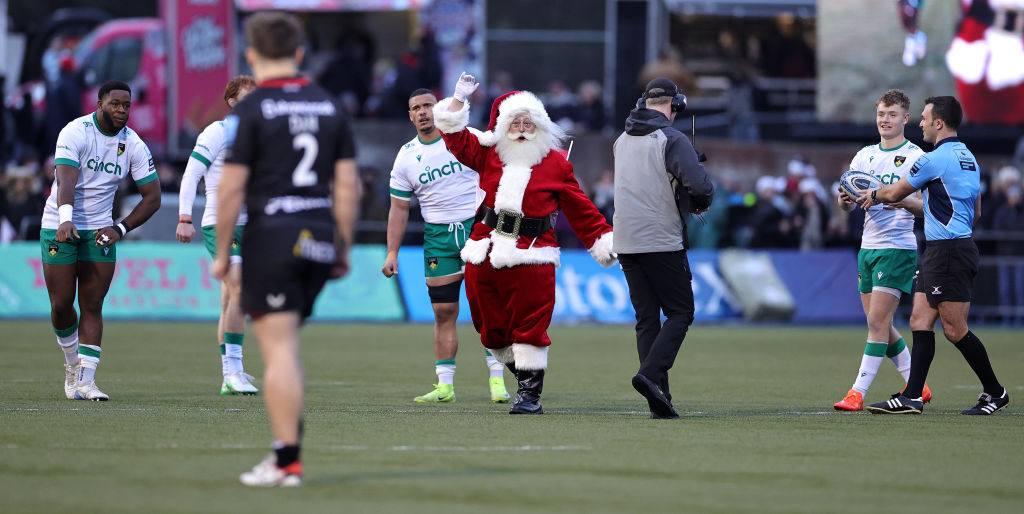Welcome to Window Shopping, a recurring feature in which Defector highlights and analyzes some of the biggest players rumored for a big-money transfer each window. Each summer and January, we will take a look at these potential stars in order to answer two simple questions: Who the heck is this guy, and why is he worth so much money?
With a deep sigh and preemptive dread for what might be coming to the Premier League discourse when it starts back up in August, let's get this out of the way: Rasmus Hojlund is not Erling Haaland. I don't just mean that in the literal sense—Haaland is not putting on a fake mustache to fool people here—but also in terms of who the two big, blond Scandinavian strikers are on the soccer field. With reports that Hojlund is soon to be leaving Atalanta, possibly to head to the same city where Haaland was at his cyborgian best during his debut season in England last year, that comparison will be with Premier League viewers for, at the very least, the opening weeks or months of Hojlund's time in England.
So, they are different players. Fine. What makes Hojlund possibly more interesting than Haaland, at least in terms of the variance of his potential outcomes, is that he is both more versatile and less finished. The 20-year-old Dane only moved to Atalanta last summer, from Austria's Sturm Graz, and had a rough start to his campaign in Italy's Serie A. Through his first 11 matches there, Hojlund only scored one goal. That poor form at club level followed him to the Danish national team, where he failed to score or even impress in two 30-minute cameos in the Nations League back in September of 2022.
Once the calendar turned to 2023, though, Hojlund got to work, and the hype machine followed swiftly thereafter. He scored nine goals for Atalanta in the second half of the domestic season, as his minutes per match climbed closer and closer to 90. For Denmark, he had a brilliant Euro qualifying break in March, scoring five goals in two matches with the national team; in fact, his five accounted for all the goals Denmark scored in the country's first action since a disappointing World Cup.
It was around that international break when rumors of an eventual move began in earnest, particularly given Atalanta's penchant for developing and selling young players for profit. When these kinds of rumors start, the Premier League tends to follow, which is where Hojlund's summer stands now, albeit not with a clean path to England just yet. That could soon come, and if it does, the league will see that, beyond the superficial similarities with his regional cousin, Hojlund is a wholly new type of machine, yet one that might be just as effective as Haaland once he gets settled in.
What Are The Rumors?
Back when rumors of Hojlund's move from Atalanta first emerged in early 2023, Arsenal and Juventus were named as the favorites to win his signature. But Manchester United really pushed their pursuit into overdrive this transfer window. If there is currently a leader in the race to bring in Hojlund, it is United, who have a deep need for a striker to pair with what is shaping up to be a really decent XI under Erik ten Hag.
Understand Manchester United sent 1st verbal proposal to Atalanta for Rasmus Højlund for €60m package 🚨🔴
— Fabrizio Romano (@FabrizioRomano) July 26, 2023
Bid structure is €50m fixed fee plus €10m add-ons.
Atalanta always wanted at least €70m fee.
🇫🇷 PSG keep insisting with Højlund’s camp — Man Utd already agreed terms. pic.twitter.com/P2PCYqSuYA
That last line complicates matters, though, as does this report from the oracle of European transfer rumors, The Athletic's David Ornstein:
🚨 PSG make offer to Atalanta for Rasmus Hojlund. Bid for 20yo worth €50m. #PSG think #Atalanta valuation unrealistic + ready to walk away if bid not accepted. Positive talks on personal terms. Man Utd pursuit ongoing @TheAthleticFC after @Tanziloic #MUFC https://t.co/KN2iXtQjse
— David Ornstein (@David_Ornstein) July 27, 2023
Paris Saint-Germain could, in theory, divebomb into these negotiations and offer both Atalanta and Hojlund even more money to pip United to the deal. As of now, it does not look like the Parisians will do that, but it's worth keeping an eye on as United tries to haggle its way across the finish line.
Are These Rumors Bullshit?
Atalanta is very good at the transfer market thing, and that makes the above question a bit tricky. On the one hand, the Italian side could flip Hojlund one year after paying Sturm Graz €17 million for his services. Given the potential transfer fees being bandied about, it's hard for any team outside of the moneyed elite of Europe to say no to that kind of windfall.
But! It's also possible that Atalanta holds firm to its €70 million valuation, and that Manchester United and PSG decide to not play ball, despite the difference in price being a drop in the (slightly different sized) bucket for either team. Most likely, though, is that there will be some middle ground between Atalanta and one of the two prospective buyers—probably United—in the coming week or two. Hojlund's stock might never be higher than it is right now, at least while he's wearing an Atalanta kit.
What Does He Do?
Hojlund is huge. He's listed at 6-foot-3 and plays even bigger than that, thanks to a big frame and good athleticism, which allow for physical play both on the ground and in the air. Speaking of athleticism, he's also quick, which makes him a nightmare for defenders: Do you backtrack to keep him in front, therefore letting him build momentum to out-muscle center backs? Or do you play him tight and hope that he doesn't slip by on one of his excellent runs?
No one in Serie A came up with a satisfying answer to that conundrum in the second half of the season. While Hojlund's individual stats don't jump off the page, there are some bright spots that speak to his talent. He seems to always be in the right place at the right time, receiving 11 progressive passes per 90 minutes, good for 99th percentile among top 5 league strikers. Essentially, this means he's always serving as a target for his teammates to move the ball into more dangerous positions, always a good thing for a striker to do. And once he is in those positions, he has a strong nose for goal:
Rasmus Højlund unleashes a left footed beauty!
— CBS Sports Golazo ⚽️ (@CBSSportsGolazo) May 20, 2023
A great finish from the 20-year-old striker. 👏 pic.twitter.com/reHCIdSgGG
19-year-old Rasmus Højlund's first 11 games in all competitions with Atalanta:
— CBS Sports Golazo ⚽️ (@CBSSportsGolazo) January 19, 2023
1 goal
Højlund's last four games with Atalanta in all competitions:
4 goals
Balling. 😤 pic.twitter.com/pnK2KWXA8r
Also good is that he is not a passenger with the ball. He may not be the greatest dribbler or passer, but he's more than adequate for a player of his size and position. Partially thanks to his strength, Hojlund averages nearly two progressive carries per 90 minutes, as well as 1.37 successful take-ons. Those are above-average thresholds that keep defenses honest when he does receive one of those progressive passes near the opposing penalty box, where he takes 6.53 touches per 90. Put simply, when Atalanta has had the ball in the opposing half, Hojlund tends to be at the center of everything the offense is trying to do.
What Doesn’t He Do?
Of course, that type of player has much higher bar to clear for success than one that just hangs out in the box and waits for crosses and cutbacks, and Hojlund isn't quite there on the giving end of the equation. Though he averages a tidy 73.1 percent passing success rate, he's not really making a lot of them: He's in the 46th percentile for total passes, with 21 per 90 minutes, and in the 59th percentile for passes that move the offense closer to goal, with 1.82 per game. For someone who receives the ball in dangerous positions so often, those numbers aren't the kind that you would expect teams to spend millions of Euros for.
Also, Hojlund is a negative on the defensive side of the ball. He will provide very little help when his team is out of possession, and he's not particularly good in the air. That's mostly fine, as strikers tend to not be the best defenders anyway, but it's something to note, and possibly something for Hojlund's eventual manager to take into consideration, whether that means dropping the press aspect from the striker role or instructing the still-young Dane on how to be a more active part of getting the ball back.
How Does He Fit Into A Top Team?
The easiest fit for Hojlund would be as a pure No. 9. He's got the height to be a target man, and also the pace and movement to play a more aggressive style behind the defensive line.
It gets more interesting if a team is willing to be creative with the aforementioned movement, though. Instead of just sending Hojlund on runs behind the center backs, a team could instead give him something of a false nine role, moving him back into the space between the defense and the midfield. Hojlund is raw as a passer and creator still, but he has shown that he has the tools to be involved in the attack in more than just a shooting capacity. With the correct wingers at his side, he could turn into a more valuable and complete player, provided a manager is patient with some growing pains in this hybrid role.
Still, though, even if that never comes to pass, Hojlund should be more than fine as the point of the spear in a front three, or in a partnership with a more creative second striker next to him. That's the good thing about a traditional striker: Essentially every formation in the history of soccer has a spot for someone who can bang in goals.
Who Would Hate This Move?
Expensive transfers tend to shake things up, be it the dressing room, the roster hierarchy, the manager's position, the fans' outlook, and the domestic and international landscape. With that it mind, this section tries to determine who stands to lose from the potential transfer.
The good thing about Hojlund moving to United, at least from a United standpoint, is that no one is really going to get pushed out of the starting line-up in favor of the Dane. As it stands right now, United doesn't really have a stellar striker on the roster. Sure, Marcus Rashford can play there, as can Anthony Martial, but the former is better on the wing and the latter is who he is at this point. Martial might still hate Hojlund's addition, as it would shrink possible minutes for the Frenchman, but United is actively shopping Martial anyway, so it might not matter.
Really, the only person who might hate this move, or at least be find it more difficult than it should be, is Hojlund himself. Moving to Manchester would weigh Hojlund down with expectations, and how could it not? "Large and fast Scandinavian striker moves from the continent to Manchester" immediately brings to mind Haaland, and the comparisons will do Hojlund no favors. As mentioned above, the Dane both doesn't play like the big Norwegian and is also nowhere near as polished. Which is no problem, so long as fans don't expect Hojlund to come into United's side and score 36 goals in his first season in the Premier League.
Point-Counterpoint
Important signings are bound to be controversial, so here we include a representative example at each end of the spectrum of sentiments.
Rasmus Hojlund to Manchester United for £42m is an absolute steal!
— Terry Flewers (@terryflewers) July 26, 2023
The kid's talent is out of this world, and his potential is through the roof, United just secured a future superstar, mark my words.🔥🔥
Hojlund got bust written all over him, I’m a chelsea fan i know a bust when i see one, we need to stay away
— Jordan (@Airjordyy) June 14, 2023
Where Does He Rank On The Defector Boom/Bust Scale?
It's hard to say where Hojlund lies on this scale, because it's hard to figure out exactly how United (or PSG) would use him. If these teams purchase him just for his ability as a finisher and backline pressure cooker, then he'll probably avoid the bust status. Hojlund is too physically gifted, and too smart at a young age, to fail at scoring goals, if scoring goals is his main priority. If, on the other hand, the purchasing team intends for bigger things for the Dane, his boom potential goes through the roof, but so does the chance that he flames out in a situation he wasn't ready for. Let's split the difference here, then, and play this one a bit conservatively. For these reasons, Rasmus Hojlund grades at a 57.7 on the Defector Boom/Bust Scale.





